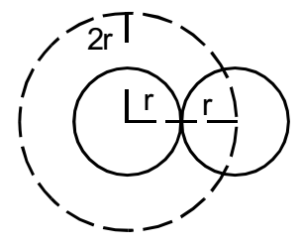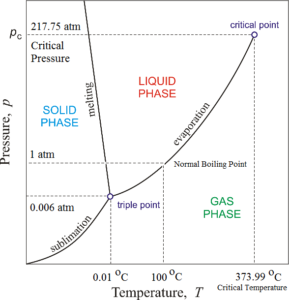Science > Physics > Wave Theory of Light >Photometry and Sources of Light In this article, we shall study brief history of study of light, sources of light, andterminology of optics. History of Study of Light: Light is a form of that energy which simulates our vision. Around 400 B.C., it was proposed that particles […]
Categories
Photometry and Sources of Light
- Post author By Hemant More
- Post date April 7, 2020
- No Comments on Photometry and Sources of Light
- Tags Angle of incidence, Angle of reflection, Angle of refraction, Diffraction of light, Incident ray, Interference of light, Isotropic medium, Luminescence, Luminescent sources of light, Non-visible spectra, Optical medium., Optics, Photometry, Physics, Point of incidence, Polarization of light, Rectilinear propagation of light, Reflected ray, Reflection of light, Refracted ray, Refraction of light, Scattering of light, Sources of light, Spectrum of light, Thermal sources of light, Visible spectra



